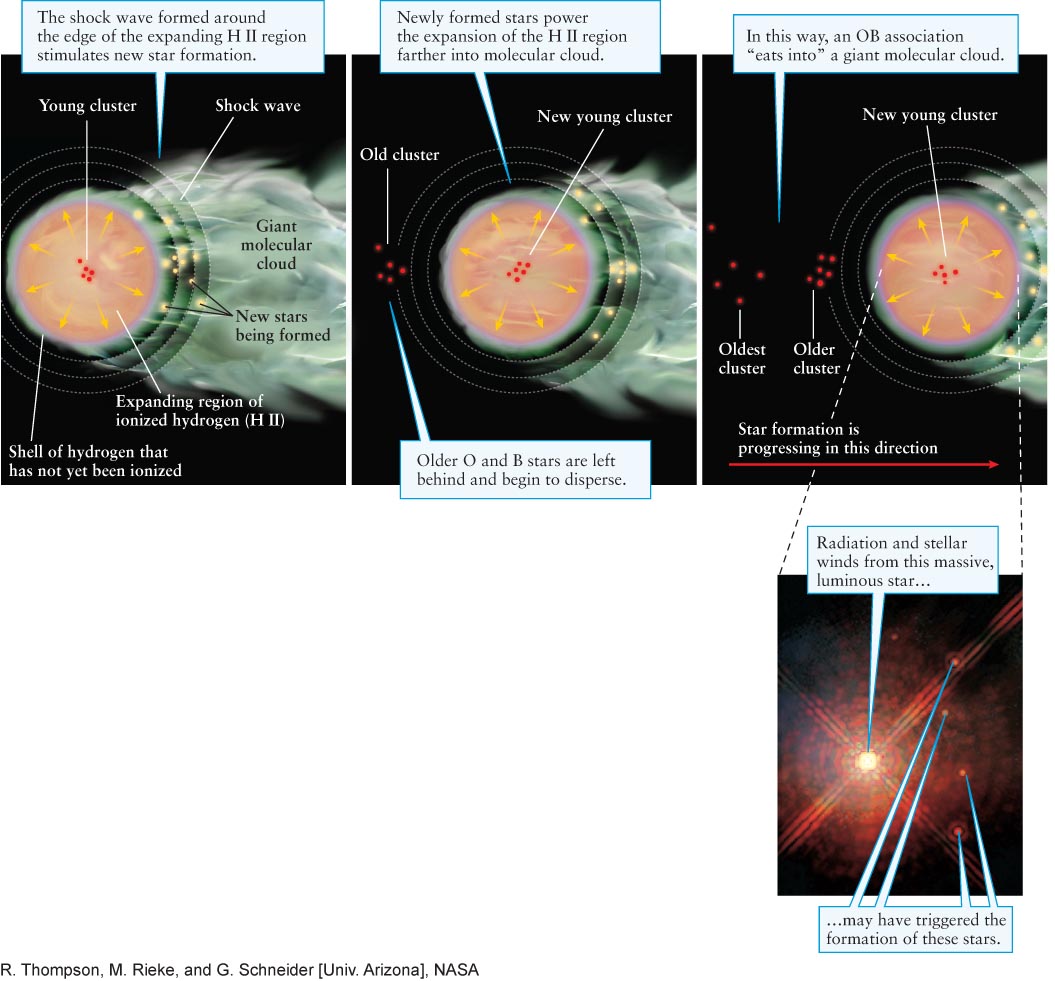
Figure 11- h- h- 4– t-